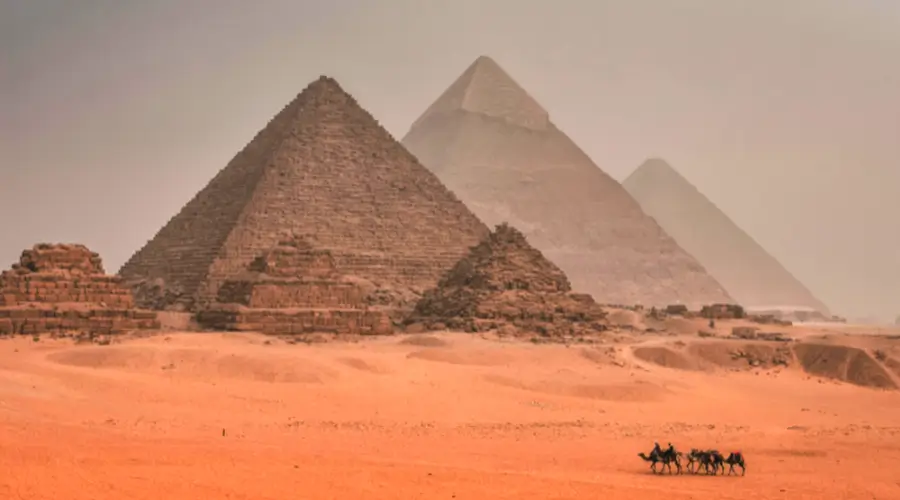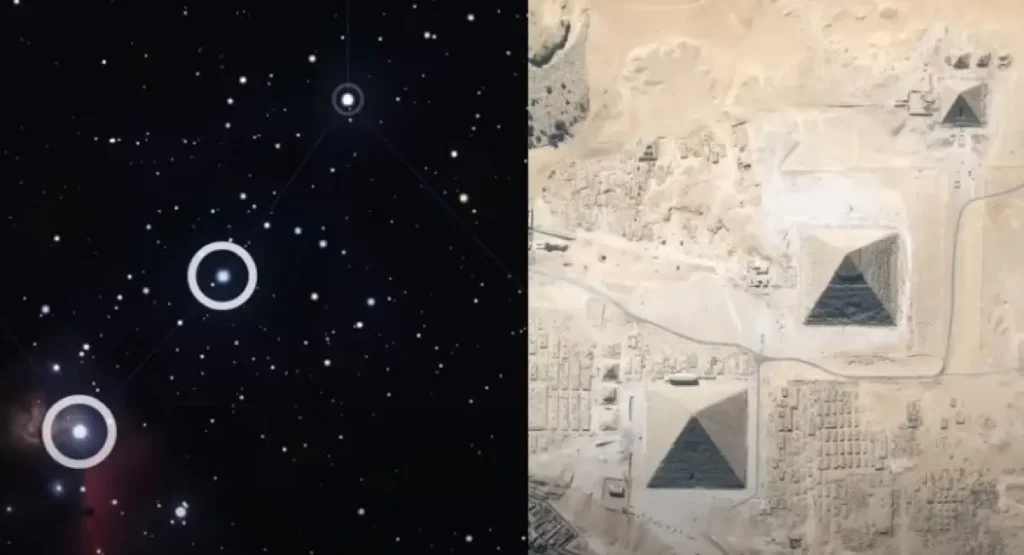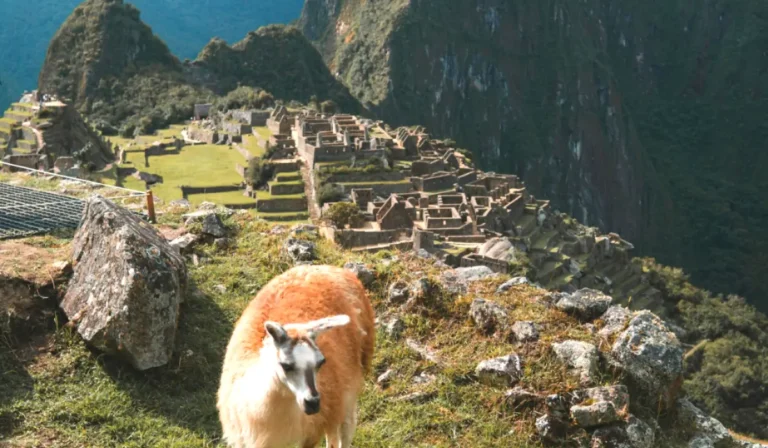Pyramids of Giza: 7 Mysteries Beyond Ancient Tombs | Energy Secrets

1. Introduction: More Than Just Tombs
The Pyramids of Giza stand as humanity’s most enduring mysteries, defying simple explanations for over four millennia. While mainstream archaeology presents them as elaborate royal tombs built around 2500 BC, a growing body of evidence suggests these magnificent structures may have served far more sophisticated purposes. Could the pyramids of Giza inside chambers have functioned as ancient energy centers, cosmic resonators, or technological marvels that predate our understanding of early civilization?
This exploration delves beyond conventional wisdom to examine compelling alternative theories while acknowledging traditional archaeological perspectives. From the precision-engineered chambers within to the mysteries of the pyramids of Giza’s underground network, these monuments continue to challenge our assumptions about ancient capabilities and purposes.
2. The Alternative Perspective: Energy Machines and Ancient Civilizations
2.1 A Legacy Older Than History
Revolutionary geological evidence suggests the Giza complex may be far older than traditionally believed. Water erosion patterns on the Great Sphinx indicate construction during a period when the region experienced heavy rainfall—approximately 10,000 to 12,000 years ago. This dating challenges conventional chronology and opens possibilities for advanced prehistoric civilizations.
Climate data confirms that the Sahara experienced wet periods during the African Humid Period, supporting the water erosion hypothesis. If accurate, this evidence pushes the construction date back thousands of years, suggesting a lost civilization possessed sophisticated engineering knowledge.
2.2 Alignment with the Stars

The pyramids of Giza demonstrate remarkable astronomical precision, particularly their alignment with Orion’s Belt constellation. Computer modeling reveals this alignment was perfect around 10,500 BC, coinciding with the geological evidence for greater antiquity. This stellar correlation wasn’t merely decorative—ancient cultures worldwide viewed Orion as sacred, often associating it with cosmic energy and spiritual transformation.
The precision of this alignment suggests deliberate design to harness celestial energies at specific times, functioning as massive cosmic instruments rather than simple monuments to deceased rulers.
2.3 Energy and Earth’s Power Grid
Giza sits at a unique geographical position—30 degrees north latitude and 31 degrees east longitude—placing it at the intersection of significant geological features. The plateau rests on a limestone foundation containing underground water systems, creating natural electromagnetic phenomena that ancient builders may have recognized and amplified.
Some researchers propose that the pyramids of Giza’s underground chambers and passages form part of an intricate system designed to harness and focus Earth’s natural electromagnetic energy, similar to how modern buildings use lightning rods to direct electrical forces.
2.4 The Pyramids as Energy Mechanisms
Inside the Great Pyramid, the King’s and Queen’s chambers exhibit unusual acoustic and electromagnetic properties. The granite chambers resonate at specific frequencies, while the limestone structure demonstrates piezoelectric properties when subjected to pressure, generating electrical charges naturally.
These characteristics support theories that the pyramids functioned as:
- Ancient power plants convert Earth’s energy
- Healing centers using sound and electromagnetic frequencies
- Spiritual initiation chambers for consciousness expansion
- Wireless energy transmission systems for unknown purposes
Modern instruments detect electromagnetic anomalies within the structures, lending scientific credibility to energy-based theories about their original function.
3. The Official Narrative: Tombs of the Pharaohs
Traditional Egyptology maintains that the Pyramids of Giza were constructed between 2700 and 2500 BC as elaborate tomb complexes for pharaohs Khufu, Khafre, and Menkaure. This interpretation relies on architectural analysis, hieroglyphic records, and contextual evidence from surrounding structures.
Supporting evidence includes mortuary temples, smaller queens’ pyramids, mastaba tombs for nobles, and solar boat pits—all of which are consistent with funerary complexes. The elaborate construction reflects the pharaohs’ divine status and belief in elaborate afterlife preparations.
However, significant contradictions challenge this narrative. No mummies, treasures, or inscriptions have been discovered within the Great Pyramid’s main chambers, unlike other Egyptian tombs. Additionally, detailed construction records—meticulously kept for other pharaonic projects—are mysteriously absent for these monuments.
The absence of typical tomb decorations, hieroglyphic texts, and burial goods within the primary structures suggests alternative purposes beyond simple interment facilities.
4. Engineering Marvels and Unsolved Mysteries
The Pyramids of Giza showcase engineering precision that challenges ancient technological assumptions. The Great Pyramid aligns with true north within 0.05 degrees—more accurate than most modern buildings. This precision required sophisticated surveying techniques and astronomical knowledge that exceeded expected Bronze Age capabilities.
Construction involved transporting millions of limestone blocks and granite components from Aswan quarries, 500 miles south. The largest granite blocks weigh over 80 tons, raising questions about ancient lifting and transportation methods. No comprehensive blueprints, construction records, or tool deposits have been recovered, despite the project’s monumental scale.
Recent discoveries add new mysteries. In 2017, cosmic ray imaging revealed a previously unknown void within the Great Pyramid—a chamber the size of a passenger jet hidden above the Grand Gallery. Ground-penetrating radar and electromagnetic surveys continue to detect anomalies in the pyramids of Giza’s underground areas, suggesting undiscovered chambers and passages.
Modern scanning technology reveals the structures contain far more complexity than is visible externally, with internal chambers, shafts, and possible underground connections between monuments.
5. Exploring the Giza Plateau Today
5.1 Main Monuments
The Great Pyramid of Khufu dominates the complex as the only surviving Wonder of the Ancient World. Visitors can enter through the Descending Passage to reach the King’s Chamber, though access to internal chambers requires separate tickets and involves climbing through narrow, steep passages.
The Pyramid of Khafre appears larger due to its elevated position but remains well-preserved with portions of its original limestone casing. The adjacent Pyramid of Menkaure is the smallest but features intricate internal chambers accessible to visitors.
The Great Sphinx guards the complex with its enigmatic gaze, carved from a single limestone outcrop. Recent restoration work has stabilized this iconic monument while preserving its mysterious aura.
5.2 Other Key Sites
The plateau contains numerous smaller pyramids built for queens and royal family members, along with mastaba tombs housing nobles and officials. The Solar Boat Museum displays a reconstructed cedar vessel discovered buried beside the Great Pyramid, while mortuary temples provide insight into ancient funeral rituals.
Panorama Point offers spectacular views for photography, particularly during sunrise and sunset when the monuments cast dramatic shadows across the desert landscape.
5.3 Nearby Attractions
The Grand Egyptian Museum, opening near the Giza complex, will house the world’s largest collection of ancient Egyptian artifacts, including Tutankhamun’s complete treasure collection. This state-of-the-art facility enhances the Giza experience with contextual exhibits and interactive displays.
Saqqara, 30 minutes south, features the Step Pyramid—Egypt’s oldest stone building—along with elaborate mastaba tombs containing vivid wall paintings. Dahshur showcases the Bent Pyramid and Red Pyramid, demonstrating pyramid construction evolution.
6. Travel Tips for Visitors
The optimal visiting period extends from October through April when temperatures remain comfortable for outdoor exploration. Arrive early morning (8 AM) to avoid crowds and intense heat while enjoying soft lighting for photography.
Getting There: Giza lies 18 kilometers southwest of Cairo, accessible via taxi, Uber, or organized tours. The new metro extension will provide direct access from central Cairo, though completion dates remain uncertain.
Practical Advice:
- Hire licensed guides for historical context and navigation
- Bring plenty of water and sun protection—desert conditions are harsh
- Wear comfortable walking shoes for uneven terrain
- Expect persistent vendors; polite but firm refusal works best
- Purchase tickets in advance for internal pyramid access
- Consider visiting during Ramadan for reduced crowds but limited services
Optional Experiences: Camel rides provide traditional desert transportation, while evening sound and light shows illuminate the monuments with historical narration. Local cultural workshops offer insights into ancient Egyptian crafts and daily life.
7. Conclusion: Monuments of Energy and Wonder
The Pyramids of Giza transcend simple categorization as ancient tombs, embodying mysteries that continue to challenge our understanding of human capability and purpose. Whether viewed as sophisticated energy machines, cosmic beacons, or monumental burial complexes, these structures represent humanity’s greatest architectural and engineering achievements.
Their true power lies not only in their physical majesty but in their ability to inspire wonder, curiosity, and debate across generations. The combination of precise engineering, astronomical alignment, and unexplained properties suggests purposes far more complex than conventional archaeology acknowledges.
For modern travelers, visiting the pyramids of Giza offers more than historical sightseeing—it provides an encounter with humanity’s greatest enigma. Standing before these monuments, visitors join an unbroken chain of wonderers stretching back thousands of years, each generation finding new mysteries within these eternal structures.
The exploration of the pyramids of Giza inside chambers and the ongoing investigation of the pyramids of Giza’s underground secrets ensure these monuments will continue revealing surprises for generations to come. In an age of technological advancement, the Pyramids of Giza remind us that ancient civilizations may have possessed knowledge and capabilities we’re only beginning to understand.

